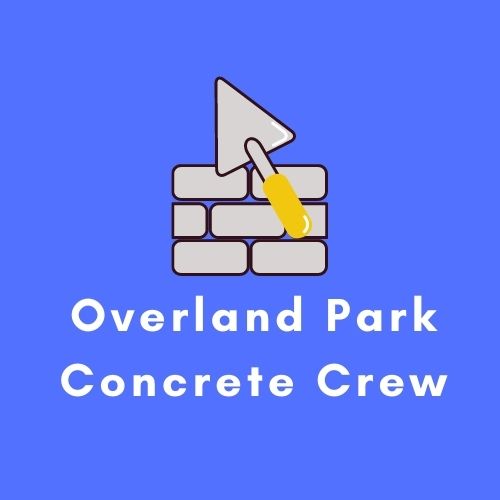Why Are Retaining Walls So Expensive?
Overland Park Concrete Crew
If you’re considering adding a retaining wall to your property, you may have experienced sticker shock when looking at the costs involved. Retaining walls are often more expensive than many homeowners initially expect. At Overland Park Concrete Crew, we understand this concern and want to shed light on why retaining walls come with a higher price tag. Let’s explore the factors that contribute to the cost of retaining walls and why they’re a valuable investment despite the expense.
Engineering and Design Complexity
Retaining walls aren’t just simple structures; they’re complex engineering projects. Each wall must be carefully designed to withstand significant pressure from the soil it’s holding back. This requires expertise in soil mechanics, hydrology, and structural engineering. Professional engineers often need to be involved in the design process, especially for taller walls or those in challenging terrain. The cost of this specialized knowledge and design work is reflected in the overall price of the project.
Site Preparation and Excavation
Before a retaining wall can be built, the site must be properly prepared. This often involves extensive excavation work. Heavy machinery may be needed to remove existing soil, level the area, and create a stable foundation. In some cases, additional drainage systems need to be installed to manage water flow and prevent pressure buildup behind the wall. The labor and equipment costs for this preparatory work can be substantial, contributing to the overall expense.
High-Quality Materials
Retaining walls require durable, high-quality materials to ensure longevity and structural integrity. Whether you’re using concrete blocks, natural stone, or poured concrete, these materials are more expensive than those used in typical landscaping projects. The cost of materials can vary based on factors such as wall height, length, and aesthetic choices. Additionally, specialized materials like geotextile fabric for improved drainage and reinforcement add to the overall cost but are crucial for the wall’s performance.
Skilled Labor
Building a retaining wall is not a simple DIY project. It requires skilled laborers who understand the intricacies of wall construction, including proper base preparation, precise block placement, and effective drainage installation. These professionals command higher wages due to their expertise, which is reflected in the project cost. The labor-intensive nature of retaining wall construction, often involving heavy lifting and meticulous work, also contributes to the expense.

Equipment and Tools
Specialized equipment is often necessary for retaining wall construction. This may include excavators, skid steers, plate compactors, and other heavy machinery. The cost of renting or operating this equipment is factored into the overall project price. Additionally, specific tools for measuring, cutting, and placing materials are required, further adding to the expense.
Permits and Inspections
Depending on your location and the size of the retaining wall, you may need to obtain permits from local authorities. The cost of these permits, as well as any required inspections during and after construction, adds to the overall expense. While this might seem like an unnecessary cost, it ensures that your retaining wall meets safety standards and local regulations.
Site Accessibility
The location of your retaining wall can significantly impact its cost. If the site is difficult to access, it may require additional labor or specialized equipment to transport materials and perform the work. Challenging terrains or limited access can increase both time and resource requirements, leading to higher costs.
Drainage Considerations
Proper drainage is crucial for the longevity and effectiveness of a retaining wall. Without it, water pressure can build up behind the wall, potentially leading to failure. Installing an adequate drainage system, which may include perforated pipes, gravel backfill, and weep holes. This adds to the material and labor costs but is essential for the wall’s performance.
Aesthetic Choices
While functionality is paramount, many homeowners also want their retaining walls to be visually appealing. Decorative elements such as capstones, varied textures, or attractive facing materials can enhance the wall’s appearance but also increase its cost. These aesthetic choices can significantly impact the final price of the project.
Long-Term Value
It’s important to consider that while retaining walls are expensive, they offer long-term value. A well-constructed retaining wall can last for decades, providing crucial erosion control, expanding usable land area, and enhancing property value. When viewed as a long-term investment in your property, the cost becomes more justifiable.
While retaining walls may seem expensive, their cost reflects the complexity of the project, the quality of materials and labor required, and their long-term value. At Overland Park Concrete Crew, we understand the investment you’re making and are committed to providing high-quality retaining walls that will stand the test of time. By choosing experienced professionals and quality materials, you’re ensuring the safety, functionality, and beauty of your property for years to come.

